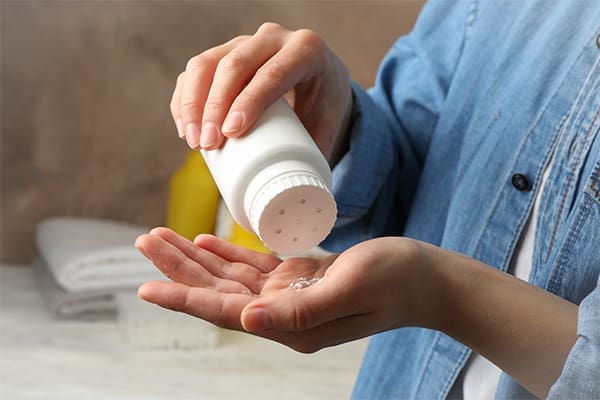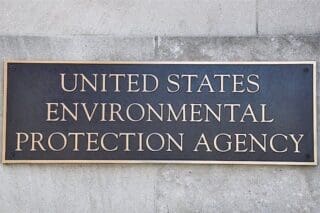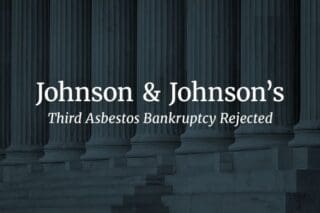
Johnson & Johnson (J&J) began selling its infamous talcum baby powder in 1894. Talc is a mineral that can easily be contaminated by asbestos during mining. Asbestos exposure can cause mesothelioma and other cancers to develop. Studies show J&J’s talc products often contained asbestos.
Some people diagnosed with cancer began connecting their illness to prolonged use of J&J’s baby powder. The first lawsuit against J&J for asbestos-contaminated talcum powder came in 2009, with tens of thousands following. Today, J&J faces billions of dollars in claims. Its legal battle has been long and complicated.
Here’s a summary of some major events that happened in 2024:
January: $700 Million Settlement for Misleading Marketing
J&J reached a tentative settlement with 43 attorneys general to resolve talc product claims. The company agreed to pay about $700 million for failing to warn consumers about talc risks with its baby powder.
The settlement came after decades of J&J claiming its talc products were safe. But records show that the company had evidence of asbestos risks in its talc as early as 1957.
April: $45 Million Awarded in Talc Lawsuit
A deceased Illinois woman’s family was awarded $45 million from J&J and Kenvue Inc. in a mesothelioma lawsuit. Kenvue Inc. is a J&J-owned business that took over selling J&J’s baby powder and other products in 2023.
The woman, who was diagnosed with mesothelioma, had used J&J talc products throughout her life. Asbestos is the only known cause of mesothelioma.
June: $260 Million Awarded in Talc Lawsuit
An Oregon woman who used J&J’s baby powder for over 30 years won $260 million at trial after a mesothelioma diagnosis. J&J continued to falsely claim their talc was safe after the verdict.
June: $700 Million Settlement Finalized
The settlement proposed in January was finalized in June between the 43 attorneys general involved and J&J. If approved, J&J would pay out the settlement over 3 years.
As a part of the settlement, the company would admit no wrongdoing. It would also protect J&J from future lawsuits about its failure to disclose the asbestos risks in its talc. The proposed settlement continued through the legal system, seeking approval.
July: Court Upheld Texas Two-Step Dismissal
After an initial failed attempt in 2021, J&J lost its second try at the “Texas two-step.” This controversial legal move consists of a company splitting into two. The newer, smaller company absorbs all asbestos liabilities and receives some funds. That subsidiary then files for bankruptcy and forms a trust fund to pay victims.
The judge determined J&J did not meet the criteria for bankruptcy. J&J attempted to overturn the denial of its second attempt at this bankruptcy filing. The company proposed a $6.48 billion settlement over 25 years to resolve most of its talc lawsuits. But a federal appeals court rejected J&J’s attempt to overturn the denial.
September: J&J Initiated Texas Two-Step for Third Time
Facing about 62,000 talc lawsuits, a new J&J subsidiary (Red River Talc) filed for bankruptcy in Texas. In this latest iteration, J&J has raised its proposed settlement to about $8 billion. At the time of the bankruptcy filing, the company was worth almost $400 billion.
It’s unclear how much victims would receive in compensation. But claimants typically receive a set percentage of total funds. The amount may be five or six figures. The company has paid multi-million-dollar verdicts in some cases.
For the plan to succeed, J&J would need at least 75% of plaintiffs onboard in bankruptcy court. The company claimed to have 83% in favor, but the judge doubted its claim.
A lawyer representing many of the claimants opposed the plan. He claimed J&J was manipulating the bankruptcy process to minimize legitimate claims by cancer victims.
What to Expect in 2025
There’s already breaking news with a rejection of J&J’s third Texas two-step attempt in 2025. For more updates, stay tuned for our continuing coverage of all things asbestos and mesothelioma.




